Flood Damage to Fencing
Read The Post
The best type of fencing for your ranch will depend on a number of factors, including the type of livestock you raise, the region of Texas you live in, your budget, and your aesthetic preferences.
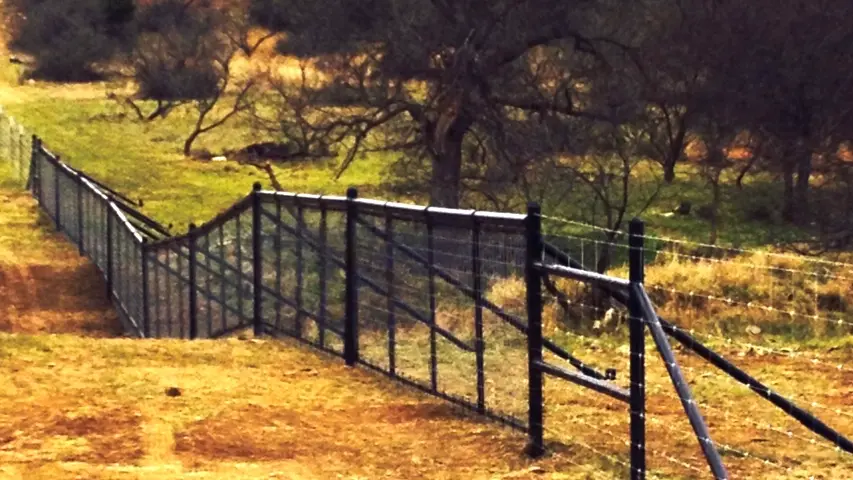
North Texas is a region of rolling hills and prairies. The climate is generally mild, with hot summers and cold winters. The most common type of ranch fencing in North Texas is barbed wire. Barbed wire is a durable and relatively inexpensive fencing option that is effective at containing livestock. However, it is important to note that barbed wire can be dangerous for both livestock and humans, so it is important to take precautions when installing and using barbed wire fencing.
Central Texas is a region of hills and valleys. The climate is hotter and drier than North Texas, with hot summers and mild winters. The most common type of ranch fencing in Central Texas is woven wire. Woven wire is a more durable and secure fencing option than barbed wire, and it is also more effective at keeping predators out. Woven wire is a good choice for ranches with a variety of livestock, including cattle, horses, and sheep.
South Texas is a region of plains and brush country. The climate is hot and humid, with mild winters. The most common type of ranch fencing in South Texas is hog wire. Hog wire is a heavy-duty fencing option that is effective at containing large and aggressive animals, such as hogs and cattle. Hog wire is also a good choice for ranches with predators, such as coyotes and wolves.
West Texas is a region of mountains and deserts. The climate is hot and dry, with cold winters. The most common type of ranch fencing in West Texas is pipe and cable fencing. Pipe and cable fencing is a very durable and secure fencing option that is effective at containing livestock in even the most challenging terrain. Pipe and cable fencing is also a good choice for ranches with predators, such as mountain lions and bears.
Fred Nuncio Fencing & Construction LLC is the best in the business when it comes to game fencing. Our contractors can install 8 ft. high fencing that will keep deer in/out. We carry and install various types of fencing that will ensure your land is secured. If you need customized fencing for your property, contact us today.
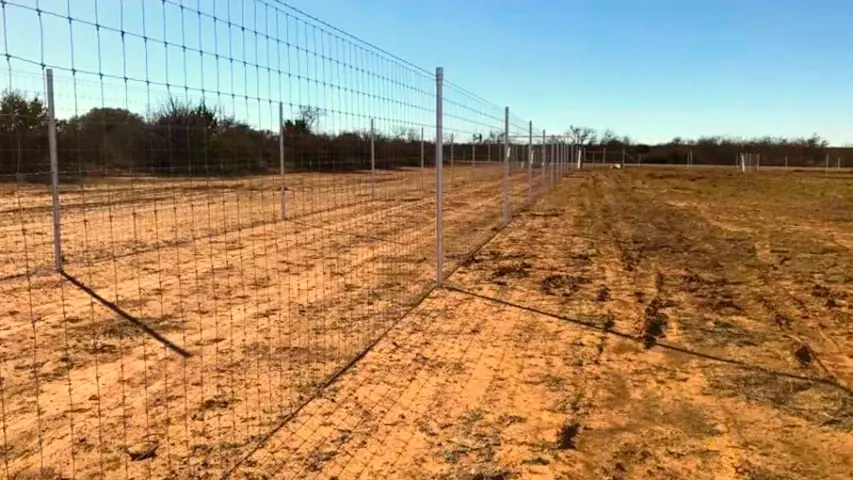
Game fencing is a type of fence that is specifically designed to enclose a designated area for the purpose of managing and protecting wildlife. Here are some of the benefits of game fencing:
Wildlife conservation: Game fencing can be used to create protected areas for wildlife, which can help to prevent poaching and preserve endangered species.
Habitat management: Game fencing allows wildlife managers to control and manage the habitat within the fenced area, which can help to promote the growth of certain species of plants and create a healthy environment for wildlife.
Disease prevention: Game fencing can help to prevent the spread of disease between wildlife and domestic animals, as well as between different species of wildlife.
Enhanced hunting opportunities: Game fencing can provide a controlled environment for hunting, which can increase the success rate of hunts and provide a safer hunting experience.
Property protection: Game fencing can be used to protect crops and other valuable property from wildlife damage.
Ecotourism: Game fencing can create opportunities for ecotourism, as fenced areas can be used for wildlife viewing and other recreational activities.
Overall, game fencing can provide a range of benefits for wildlife conservation, habitat management, disease prevention, hunting, property protection, and ecotourism.
Ordinary fencing is not enough when it comes to a ranch holding cattle and horses. At Fred Nuncio Fencing & Construction LLC, we offer highly durable cattle and ranch fences for landowners in and around the Texas Hill Country. Our crew offers installation for barb wire fencing, goat fences, and cattle panel fences. These fences are durable for animal wear and tear and will ensure they are secure and safe.
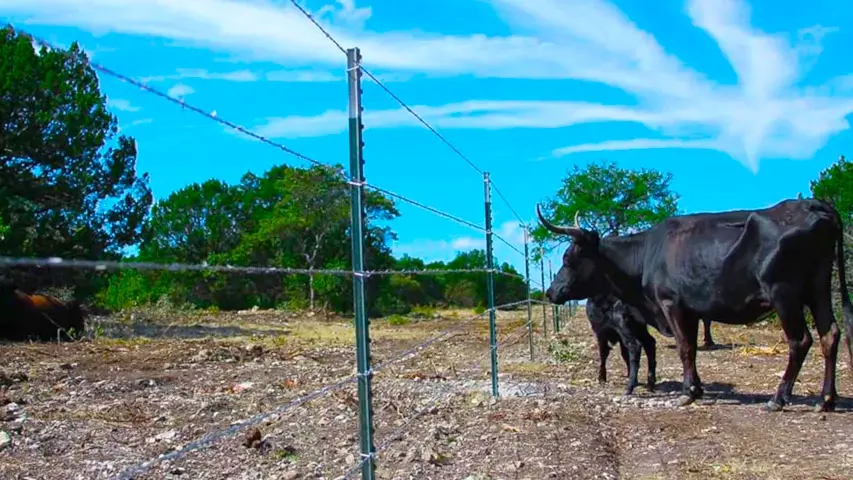
Cattle fencing is a type of fence that is specifically designed to enclose an area for the purpose of containing and managing cattle. Here are some of the benefits of cattle fencing:
Containment: Cattle fencing is essential for keeping cattle within a designated area, which can help to prevent them from wandering onto roads or neighboring properties.
Grazing management: Cattle fencing can be used to control where cattle graze, which can help to prevent overgrazing and promote healthy pasture growth.
Property protection: Cattle fencing can help to protect crops, gardens, and other valuable property from damage by cattle.
Herd management: Cattle fencing can be used to separate cattle into different grazing areas or to separate cows and calves, which can help to manage the herd more effectively.
Safety: Cattle fencing can help to prevent injuries to both cattle and people by keeping them separated.
Increased efficiency: With proper fencing, cattle farmers can more efficiently manage their herd, reducing the time and effort needed to round up and move cattle.
Overall, cattle fencing is essential for containing and managing cattle, promoting healthy grazing practices, protecting property, managing the herd, promoting safety, and increasing efficiency for cattle farmers.
Water gap fencing is ideal for properties with some kind of water feature, be it a pond, creek, stream, or river. Water features add both value and aesthetic beauty to your property and benefit your livestock and foliage. Fred Nuncio Fencing & Construction LLC ensures that your water gap fencing allows water to easily pass through your property without damaging the fence. Our fence installation takes into account the unique layout of your property and the livestock you are safely containing. Trust the experience of our contractors to install quality and durable fencing for your ranch.
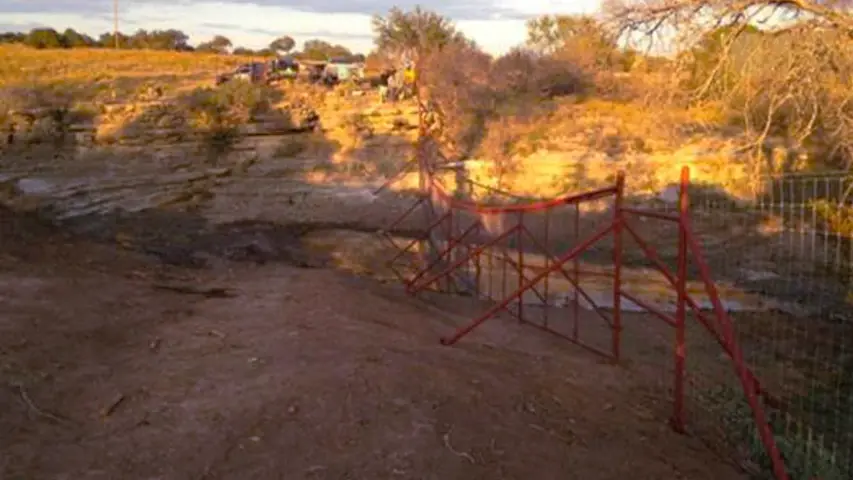
Water gap fencing is a type of fence that is designed to allow water to flow through a fenced area while keeping livestock contained. Here are some of the benefits of water gap fencing:
Water management: Water gap fencing allows water to flow through a fenced area, which can help to manage water resources and prevent erosion.
Livestock containment: Water gap fencing can be used to contain livestock while allowing them access to water resources, such as streams or ponds.
Cost-effective: Water gap fencing can be a cost-effective solution for containing livestock while allowing access to water resources, as it requires less material and labor than building a traditional fence.
Low maintenance: Water gap fencing requires less maintenance than traditional fencing, as it is less likely to be damaged by floodwaters or debris.
Environmental benefits: Water gap fencing can help to promote healthy riparian zones, which are important habitats for fish and wildlife.
Overall, water gap fencing provides a range of benefits for managing water resources, containing livestock, reducing costs, requiring less maintenance, and promoting healthy riparian zones.
For honesty, experience, reliability, professionalism and a commitment to customer satisfaction, submit your quote request today.
These are just some of the ranch fencing projects Fred Nuncio Fencing has done.
Get inspired with ideas and advice in the fencing, construction and land clearing industry.
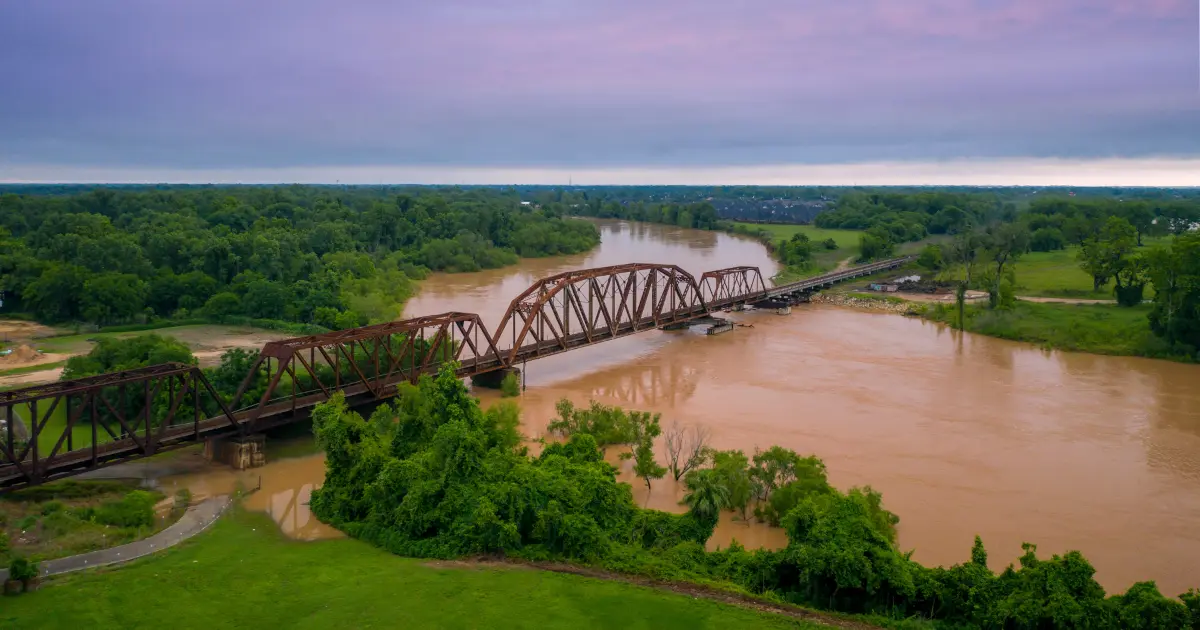 July 6, 2025
July 6, 2025
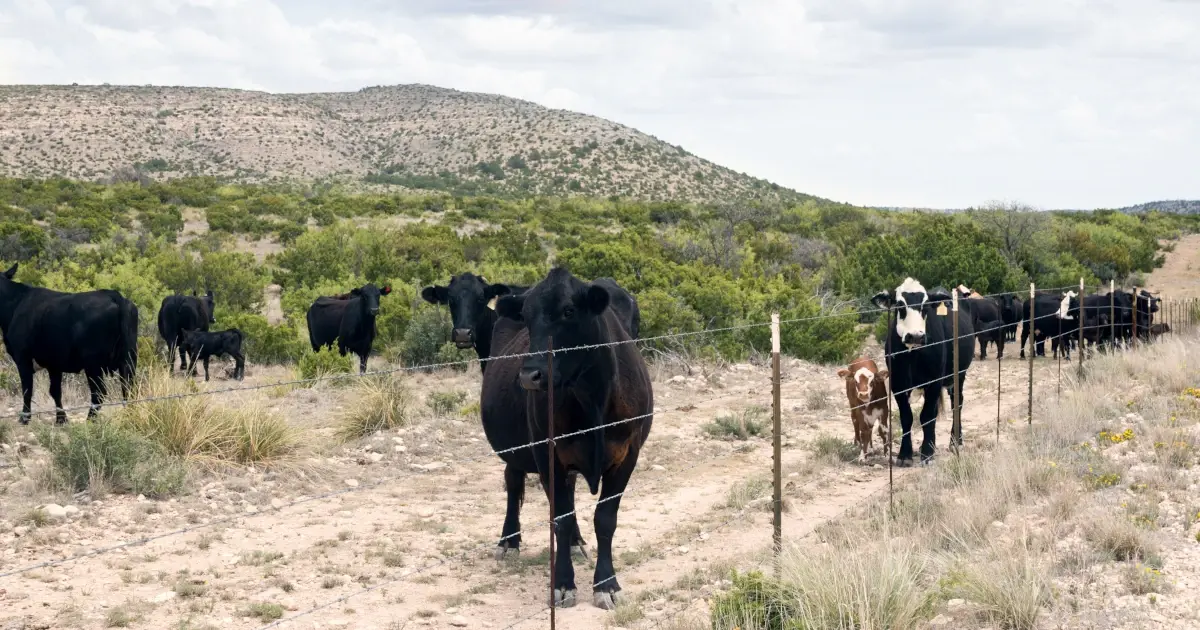 May 20, 2025
May 20, 2025
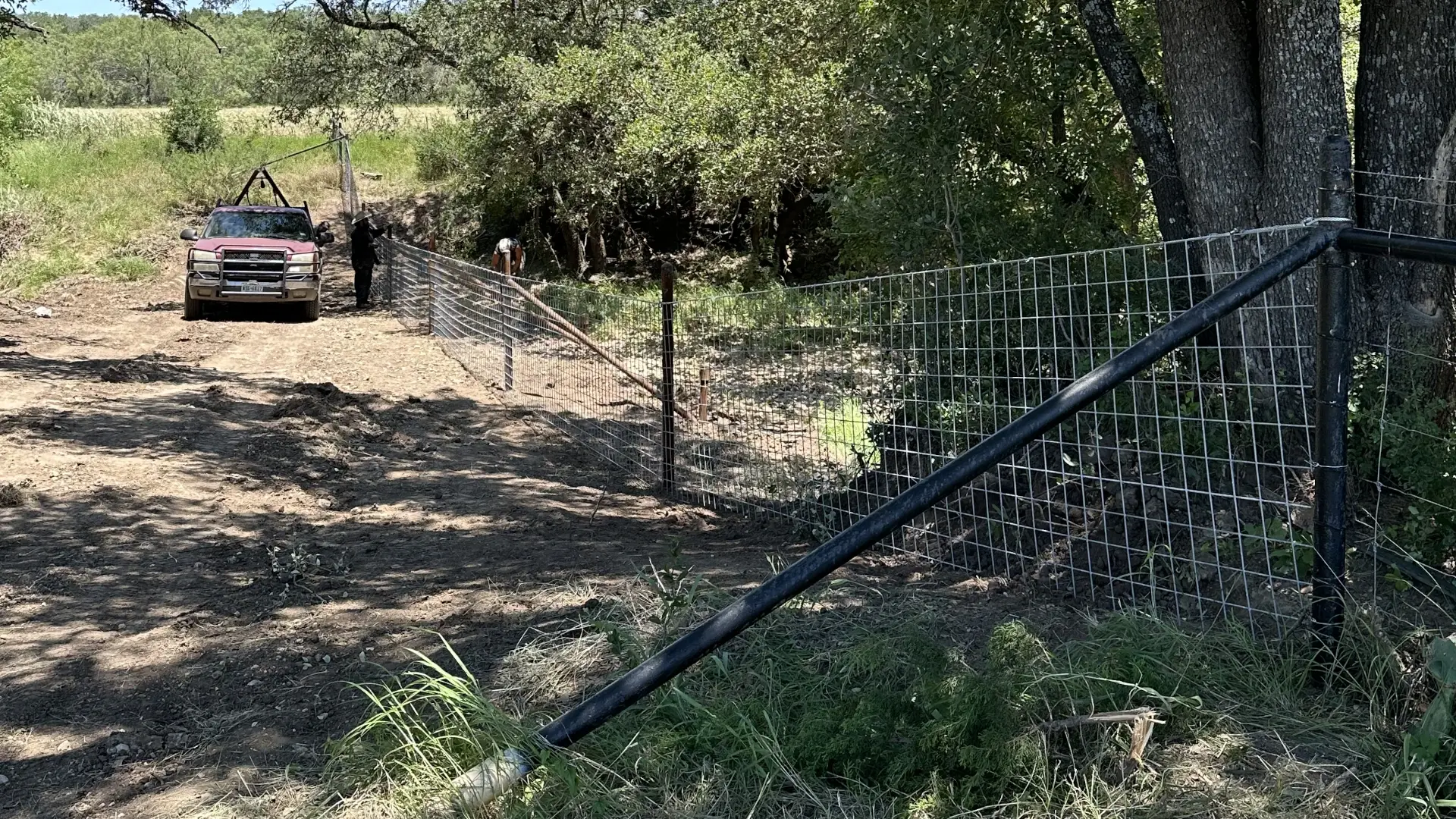 April 29, 2025
April 29, 2025